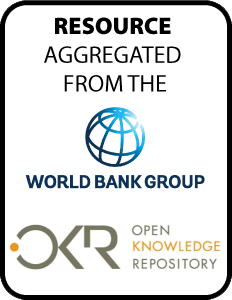Resource information
The reality of climate change associated
with anthropogenic emissions is now widely acknowledged by
the scientific community. Its potential devastating future
harms are equally well perceived and as stated in the
Copenhagen Accord major nations agree on the need to jointly
and urgently combat climate change. The international
community is also quite aware that stabilizing atmospheric
concentrations of green-house gases (GHG) at supportable
levels will require a drastic reduction in GHG emissions
within a limited period of time. Undertaking such an
enormous effort triggers several interlinked challenges: (1)
technically mitigating GHG emissions to the required level;
(2) implementing these solutions in countries where the
required amount of emission reduction is most realistically
and efficiently achievable in particular through involving
and using in full the large potential of developing
countries; and (3) mobilizing the large amount of financing
needed to ensure that the corresponding projects and
programs can be effectively implemented. Furthermore, these
challenges must be simultaneously addressed in a way that is
acceptable to all the parties involved. This means in
particulars that any arrangement designed to meet the global
GHG emission reduction challenge must be consistent with the
principle of the common but differentiated responsibilities
of developed and developing countries.


